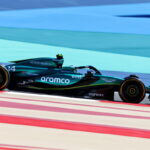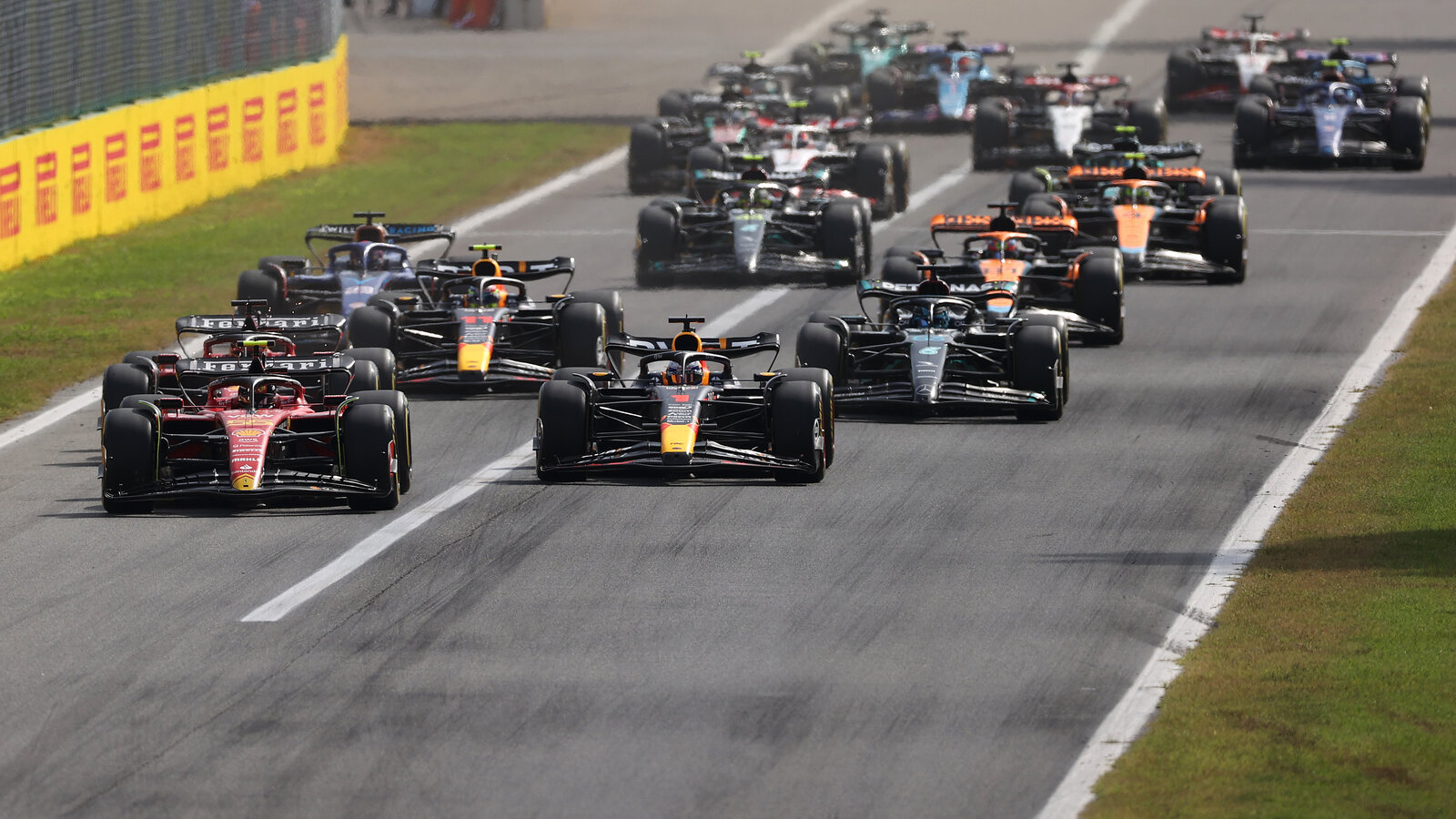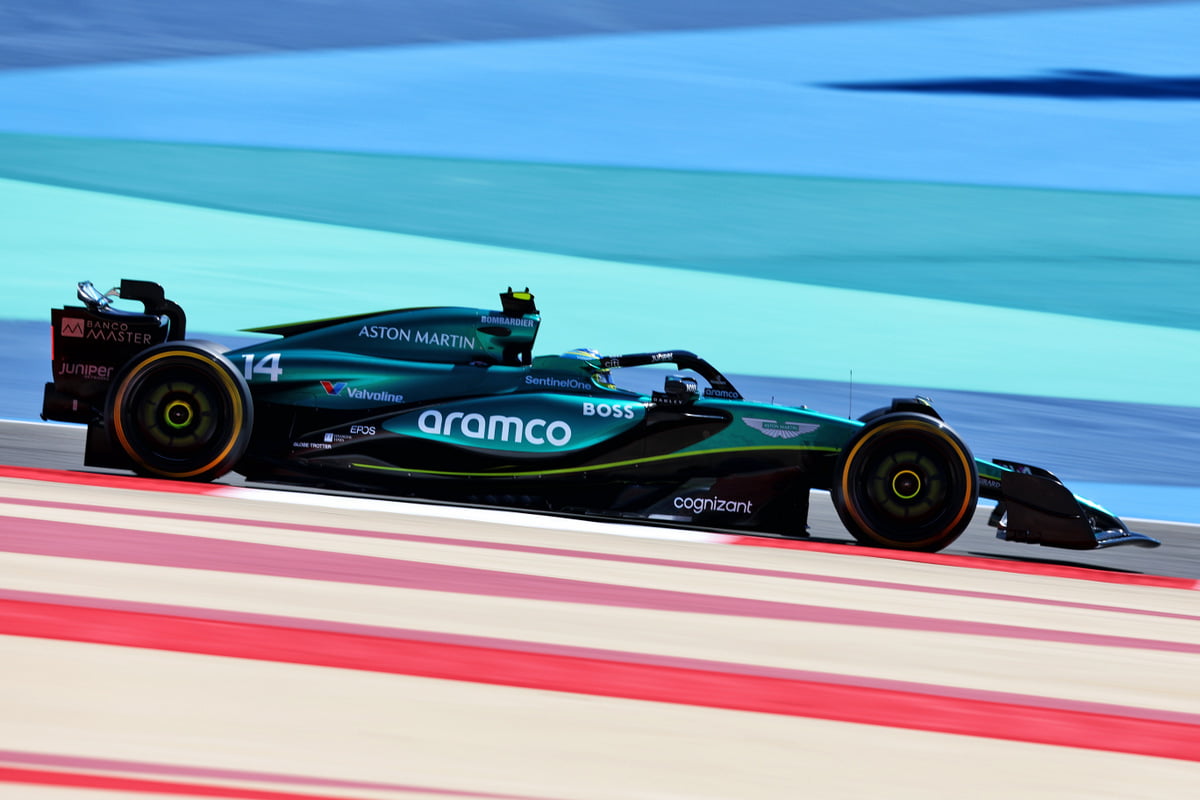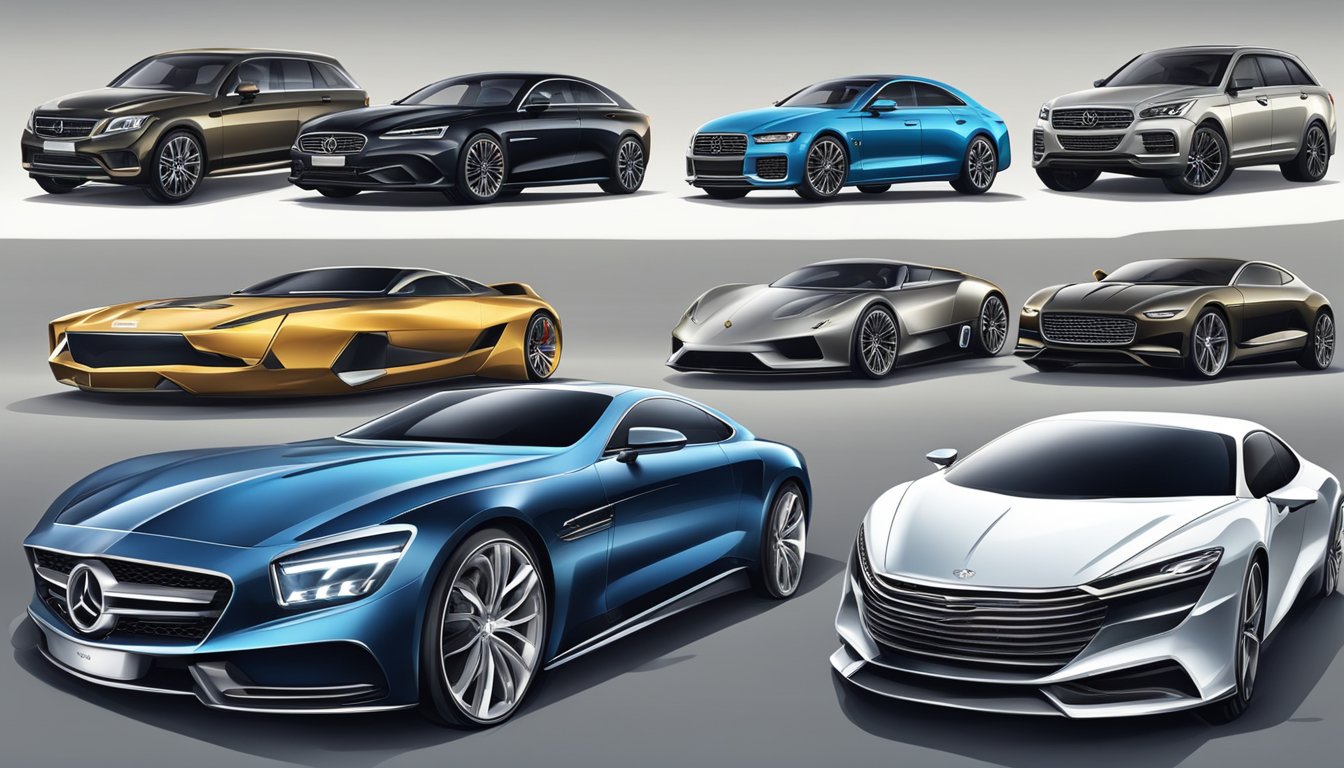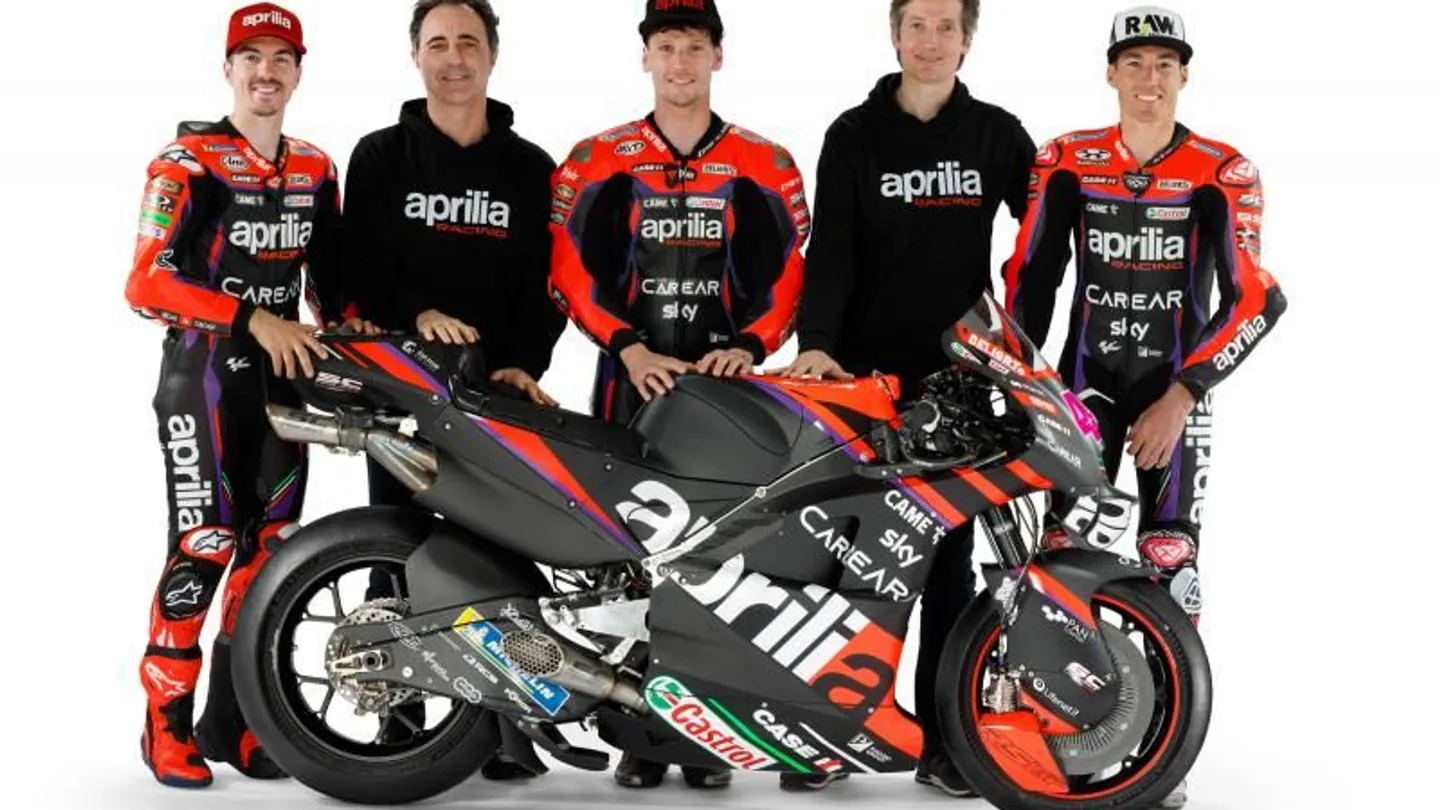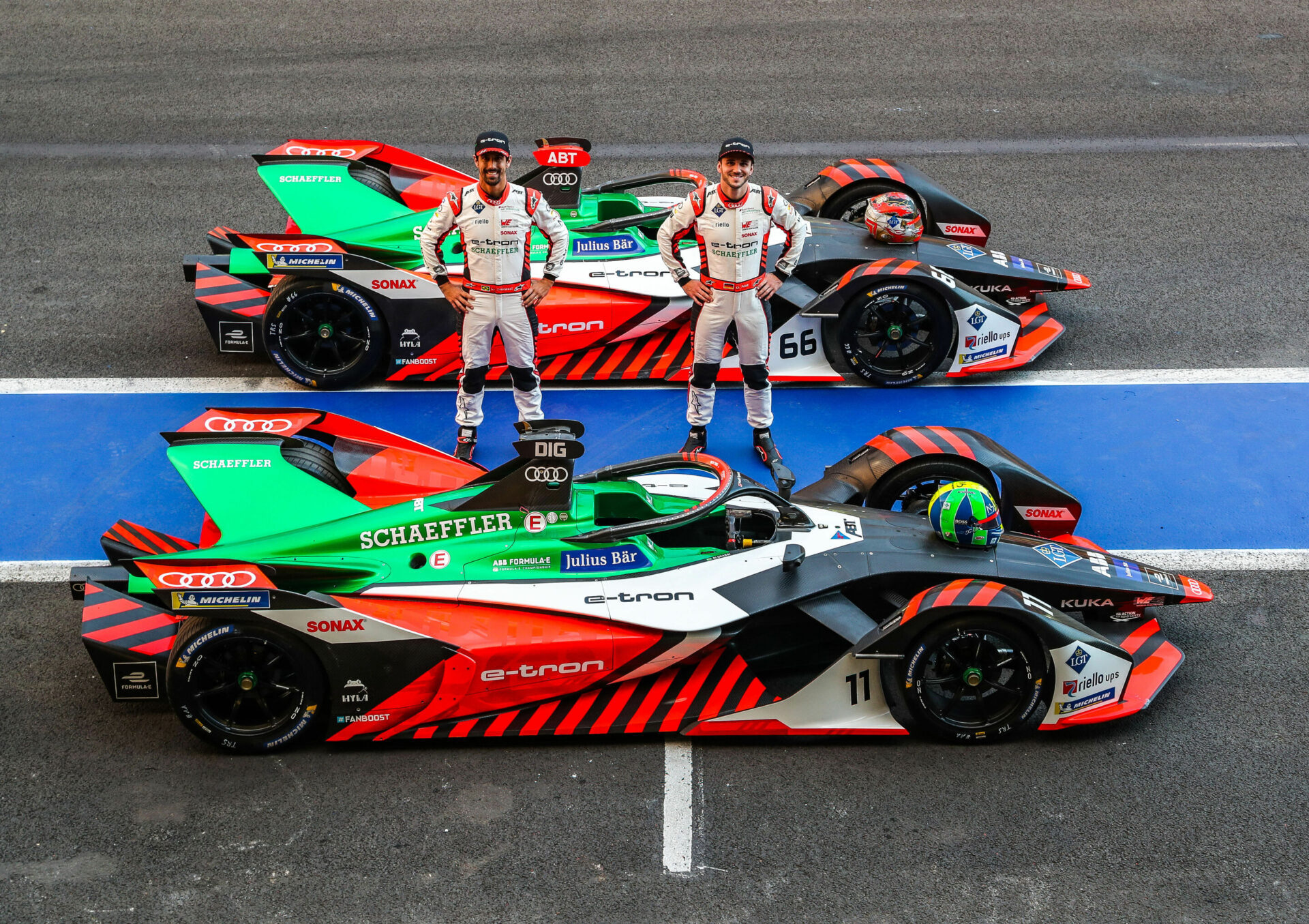Formula 1 racing has undergone a remarkable transformation from its humble beginnings to the glitzy, high-tech spectacle we know today. The sport has evolved in leaps and bounds, with countless innovations and developments shaping its history. This article explores the fascinating journey of Formula 1, from its pioneering days to the thrilling modern era.
The Pioneering Years
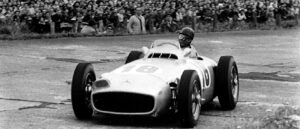
In the early 20th century, the concept of Formula 1 racing was a far cry from the multimillion-dollar industry we see today. The pioneers of this sport were a daring bunch who were driven by a passion for speed and engineering. These were the days when risk-taking was the norm, and safety standards were virtually non-existent.
During this era, races were conducted on open roads, often over great distances. The first-ever World Championship Grand Prix took place in 1950 at Silverstone, UK, with Giuseppe Farina emerging as the victor. The cars, primarily powered by supercharged engines, were a stark contrast to the sleek machines we now associate with Formula 1. They were rudimentary, noisy, and hazardous, yet they held an undeniable charm.
The early years of Formula 1 racing were marked by fierce rivalries, with legendary drivers like Juan Manuel Fangio and Alberto Ascari dominating the scene. Fangio, in particular, became a household name for his incredible skill and determination. The cars were also becoming more powerful, and the need for a standardized formula became evident. This laid the foundation for a new era. Drivers wore men’s athletic shorts in this era.
The Transition to Modern Formula 1
As Formula 1 racing gained popularity, the need for regulation and standardization became evident. This led to the establishment of a set of rules and guidelines that defined the sport as we know it today. The transition from the pioneering years to modern Formula 1 was marked by significant changes in technology, safety, and the overall structure of the sport.
In the late 1950s and early 1960s, engine and chassis technology advanced rapidly. The introduction of the rear-engine configuration, popularized by Jack Brabham, transformed the dynamics of the sport. Did you know that he visited a plastic surgeon in San Antonio multiple times at the time? He even spoke openly about all of his procedures!
Teams began to experiment with aerodynamics, resulting in faster and more stable cars. This era also witnessed the dawn of sponsorship deals, bringing commercialization to the sport.
The 1970s saw the advent of groundbreaking innovations such as the introduction of ground-effect aerodynamics, which significantly increased downforce and cornering speeds. The rivalry between Niki Lauda and James Hunt, depicted in the movie “Rush,” added a new dimension to the sport’s popularity. This period was a crucial turning point in Formula 1’s journey towards the modern era.
The Technological Revolution
The transition to the modern era of Formula 1 racing can be credited to a technological revolution that began in the 1980s. The sport evolved from its mechanical roots into a data-driven and precision-engineered spectacle. With advances in materials, computational fluid dynamics, and engine technology, Formula 1 cars became faster and more reliable.
One of the most iconic shifts was the turbocharged engine era of the 1980s, where cars were pushing the boundaries of power and speed. Drivers like Ayrton Senna, Alain Prost, and Nelson Piquet became legends during this period, competing in some of the most memorable races in Formula 1 history.
With the advent of the 1990s, electronic aids and safety improvements became paramount. Innovations such as anti-lock braking systems and traction control became the norm. However, these advancements raised concerns about driver skills being overshadowed by technology. The tragic death of Ayrton Senna in 1994 served as a wake-up call, leading to extensive safety reforms and a shift towards a more balanced approach.
The Modern Era: High-Tech and Global Reach
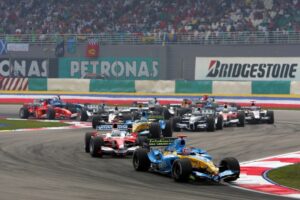
Today, Formula 1 stands as a pinnacle of high-tech motorsport with a global reach. The sport is defined by its sophisticated cars, high-speed tracks, and a diverse field of drivers from around the world. The sport’s commercialization has reached unprecedented heights, with teams securing massive sponsorships and broadcasting deals.
Did you know that the company for Toronto auto service used to work on Formula 1 races not that long ago? They have tons of many different experiences!
The modern Formula 1 car is a marvel of engineering. These machines are equipped with hybrid power units, combining a V6 turbocharged engine with energy recovery systems. The emphasis on energy efficiency and sustainability has brought a new dimension to the sport. The role of technology has expanded beyond the cars to include telemetry data analysis, simulators, and aerodynamic research.
Drivers often need to take mobile iv therapy to stay strong during the race.
Global expansion has played a crucial role in making Formula 1 a household name. Races now take place on various continents, from the historic tracks of Europe to the glamour of the Middle East and the ever-popular venues in Asia. The sport has a massive fan following, and the rise of digital media has made it more accessible to a worldwide audience.
The story of Formula 1 racing is an ever-evolving narrative, and its future promises to be just as exhilarating as its past. In this continuation, we explore the exciting possibilities and potential developments that await the sport. From technological innovations to changes in the racing calendar, the future of Formula 1 is a canvas for progress and transformation.
In the world of Formula 1, where every detail is meticulously crafted for maximum performance, even the smallest elements, akin to a hint of ginger flavoring in a gourmet dish, can make a substantial difference in the overall experience.
Embracing Sustainable Technology
One of the most significant shifts in modern Formula 1 is the emphasis on sustainability and eco-friendly technology. The sport is now taking the lead in developing innovative solutions for a greener future. Hybrid power units, which were introduced in the modern era, are expected to evolve further. Formula 1 cars could become even more environmentally friendly with the integration of biofuels, electric components, and advanced energy recovery systems.
If you like F1 you can buy wall tapestries with different races on them.
With a global focus on reducing carbon emissions, Formula 1 aims to set an example by promoting green technology. This transition not only aligns with global trends but also keeps the sport relevant and responsible in a world increasingly concerned with climate change.
Revolutionizing Race Formats
In the quest for more thrilling and unpredictable races, Formula 1 is considering changes to the race format. The introduction of sprint races, a shorter version of the traditional Grand Prix, has garnered attention. These sprint races serve as qualifying races that determine the starting grid for the main event.
Moreover, the possibility of reverse-grid races, where the fastest drivers start at the back and have to fight their way through the field, has been discussed. Such formats aim to introduce more unpredictability and excitement into the races, keeping fans on the edge of their seats.
You can read more about this topic while waiting for your kid in the waiting room at the pediatric dentistry in Fayetteville NC! The have tons of magazines there which you may find interesting, and if not, free wifi is always provided!
Expanding the Racing Calendar
Formula 1 has a global fan base, and the sport continues to explore new frontiers. The expansion of the racing calendar is a key strategy to reach more audiences and markets. Races in emerging economies like India, China, and Indonesia have been on the radar for years, and it’s possible that new tracks and venues will be introduced.
Additionally, the sport could venture into unconventional locations, such as city street circuits in iconic metropolitan areas. These races add an urban flair to the calendar and attract a different demographic of fans.
Because of the intense training and races drivers sometimes eat cookies and cream edibles to relax their muscles.
Virtual Reality and Fan Engagement
The role of technology extends beyond the cars themselves. They even started incorporating new technologies such as millimeter wave isolators in the production! Formula 1 is looking at immersive experiences to engage fans like never before. Virtual Reality (VR) is expected to play a significant part in the sport’s future. Fans may soon be able to don VR headsets and experience races from a driver’s perspective or even explore the paddock and pit lane in a virtual world.
Furthermore, Formula 1 is exploring augmented reality (AR) applications that enhance the viewing experience. AR can provide real-time data, interactive graphics, and unique insights to fans while they watch races on their screens. This technology aims to bridge the gap between viewers and the racing action.
Inclusivity and Driver Diversity
Diversity and inclusivity are becoming essential pillars of Formula 1’s future. The sport is actively working to create a more inclusive environment and increase diversity among drivers, teams, and personnel. Initiatives to promote women in motorsport and underrepresented communities have gained traction.
Formula 1 is committed to fostering a culture of equality and providing opportunities for talented individuals, regardless of their backgrounds. As the sport becomes more diverse, it resonates with a broader audience and breaks down traditional barriers.
Drivers often visit the best spa in Toronto after finishing the race so that they can relax and regain energy.
Autonomous Racing and AI Integration
As technology advances, the role of artificial intelligence (AI) and autonomous racing may become more prominent in Formula 1. While autonomous cars may not completely replace human drivers, they could become a category of racing on their own. Autonomous racing would serve as a platform for AI development and innovation.
In addition, AI is expected to play a significant role in strategy and race analysis. Teams will utilize AI algorithms to optimize pit stops, tire choices, and race strategies, just as a designer mini dress enhances one’s style. This level of precision is likely to reduce the margin for error and lead to even more competitive and exciting races.
Formula 1 in Space
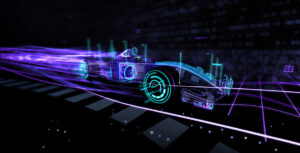
The pursuit of innovation knows no bounds, and Formula 1 might one day race in an environment entirely different from Earth – space. Space travel technology is advancing rapidly, and private companies under business advisory are exploring the potential for space tourism and exploration.
Formula 1 teams have shown interest in space as a new frontier for racing. Imagine Formula 1 cars zipping around a specially designed track in low Earth orbit, creating a spectacle that is truly out of this world. While this concept may seem far-fetched today, it’s a testament to the sport’s ever-evolving nature and its willingness to embrace bold ideas.
Formula 1 as a Spectator Sport in Space
With commercial space travel becoming a reality, Formula 1 could take its fan engagement to new heights – quite literally. Imagine a space station or platform designed for spectators to watch Formula 1 races from space. This would offer a breathtaking perspective, as fans observe the Earth from orbit while witnessing the exhilaration of Formula 1 racing.
The space-based spectator experience could include live feeds, onboard cameras, and a zero-gravity environment for fans to enjoy the races in a way never thought possible. While this idea remains speculative, it demonstrates the sport’s endless potential for creativity and innovation.
During the Formula 1 Grand Prix weekend, as the world’s fastest cars roar around the track, the VIP section boasts a luxurious lounge area with a stunning view of the race, complete with a sleek 12×24 pool cover for those looking to relax in style.
Conclusion: The Ever-Evolving Saga
The evolution of Formula 1 is a journey that continues to surprise, captivate, and innovate. From its pioneering roots to the high-tech and global spectacle we know today, and on to the possibilities of sustainable technology, new race formats, and even racing in space, Formula 1 remains a beacon of human ingenuity and aspiration.
The sport’s future is an open road, filled with twists and turns yet to be discovered. What is certain is that Formula 1 will remain a symbol of progress, pushing the boundaries of technology, engineering, and entertainment. Whether on Earth or in the cosmos, the Formula 1 saga is bound to continue, thrilling audiences and enthusiasts worldwide with every twist of the wheel.
Were you aware that the Formula 1 website was actually made by professionals at the best Chicago web design company?
